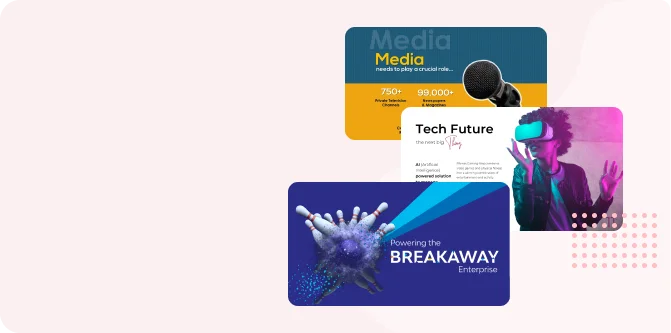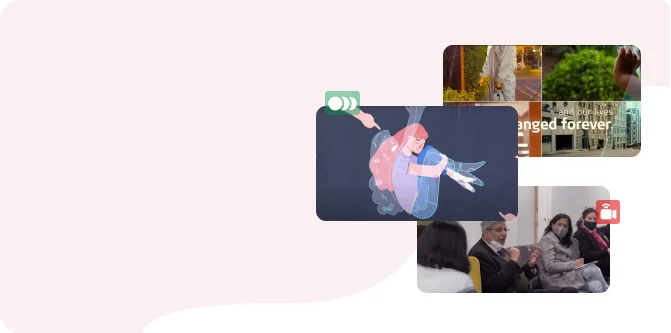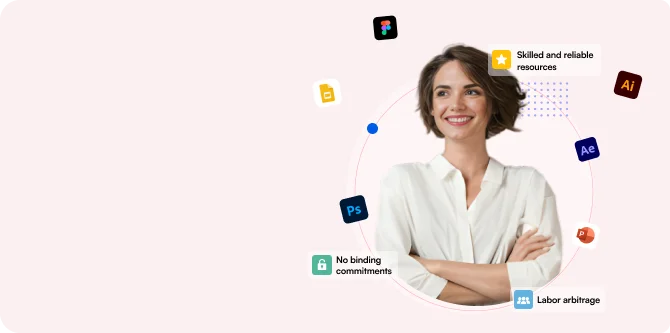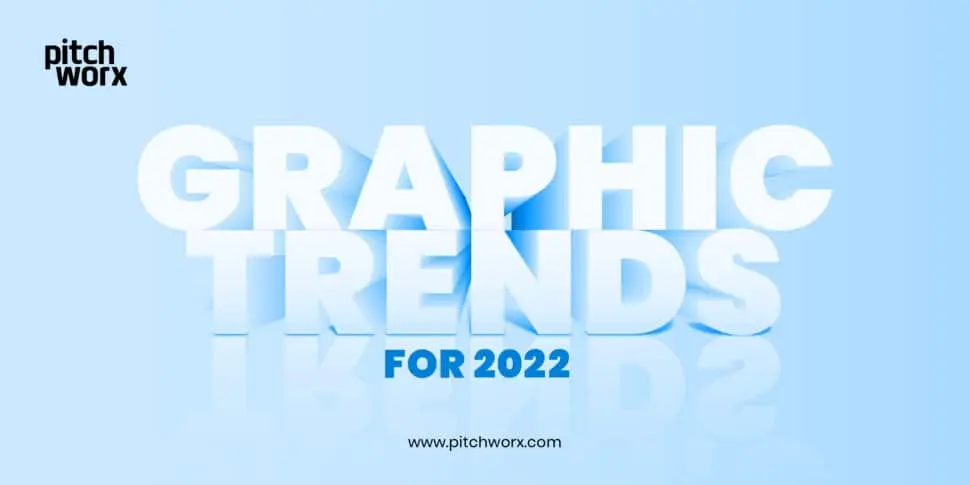The idea of metaverse, once a fictitious phenomenon, is coming alive right in front of our eyes. This digital platform is now opening up new ways for communication, marketing and the design industry. Before we dive into how metaverse will shape the future of graphic design, let’s first look at the different aspects of metaverse and at how it will redefine the way we live.
What is metaverse?
Metaverse is a virtual world, created by the convergence of virtually enhanced physical realities like virtual worlds, augmented reality and the internet. It is not a world that will replace the internet but more like a world that parallelly exists alongside the internet. Kind of like the future iteration of the internet. The word metaverse is obtained from the combination of the word “meta” which means beyond and “verse” like the universe.
How will metaverse redefine the way we live?
The metaverse creates a shared virtual space where people can work, play, communicate and live out a life through their online identities called avatars. This is an idea that is still in its early stages of development, but if we were to trust how fast the world develops, it can easily be our new future. It will transform the way we communicate with each other, how brands market their products and even how we experience live world events like concerts, sports, and political events.
If you’re thinking how can metaverse become an everyday part of our life, then you need to think twice. Computers which were once used by specialists are something that has now been integrated into our everyday life. So why not the metaverse? Besides, we already enjoy games with sophisticated virtual worlds, so how far off can metaverse be? Metaverse is going to be the platform where our physical reality will merge with our digital avatars.
But what does it mean to the world of graphic design? Read on to know more.
How will metaverse affect the future of graphic design?
As metaverse takes off, there will be tremendous changes in the way brands communicate. Graphic designs that are now predominantly in 2D will have to transform to fit into a 360-degree dimension. The marketing industry that currently uses 2D designs to promote their services will now have to revisit their communication strategy to cater to the ever-growing audience in metaverse. Thus, revolutionizing the way companies strategize their campaigns in the future.
Metaverse, which offers a fully immersive virtual environment, will take users out of the real world and give them the experience of stunning 3D video and sound technology. To create this immersive experience, graphic designers will now have to adapt and change their design approach. 3D designs and motion graphics will take over the platform and designers will need to expand their understanding of spatial design to create realistic and relevant experiences for the audience.
As a commitment towards this future, Adobe has launched a full three-dimensional design suite called the Adobe Substance 3D. This will pave the way for creative industries to use simpler and intuitive tools to create a shareable yet bigger volume of 3D assets and environments. In addition to this, Marne Levine, the Chief Business Officer of Facebook, has pledged $150M to get the next generation of designers and creators trained to build immersive content.
To keep up with the changes that the future of graphic design will face, it is important to equip our existing creatives with tools like 3D software and machines that enable them to advance and hone their 3D design skills. But spatial design is not all about mastering these new tools; it’s about finding new ways to look at things. Designers will have to have a “sandbox” type approach to content and interactions. This means that designers will now have to create way-finding and UI with a three-dimensional logic where users can decide based on cues that surround them. The user’s experience must perpetuate content while simulating the laws of physics.
Conclusion
It is indeed a very exciting time for design agencies like us to see what the future holds in store. This new era of metaverse opens up new possibilities and opportunities for different industries and can unleash extraordinary creativity. Are you up to face this exciting new era?




